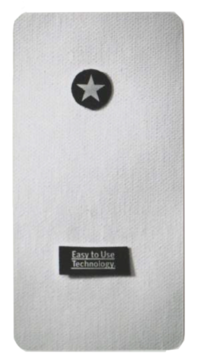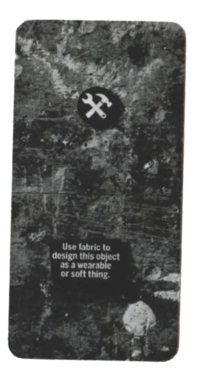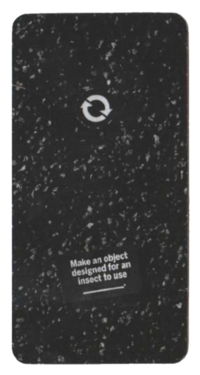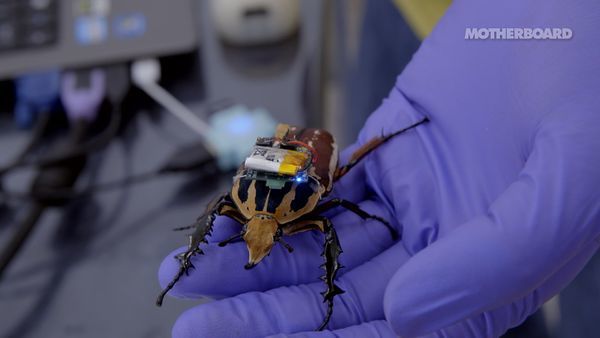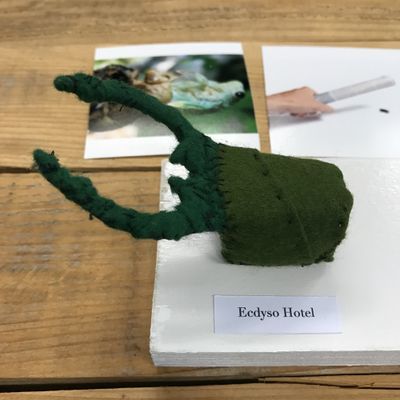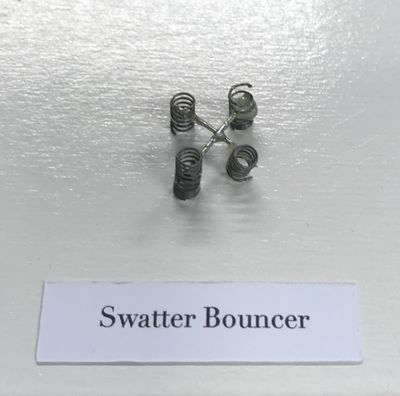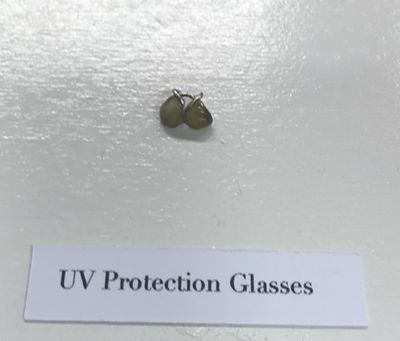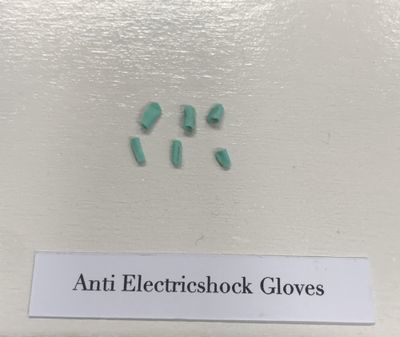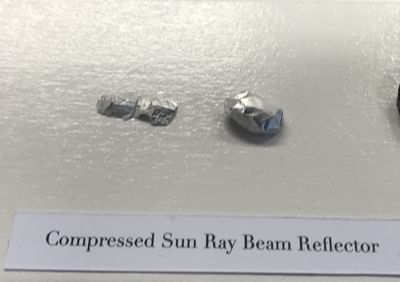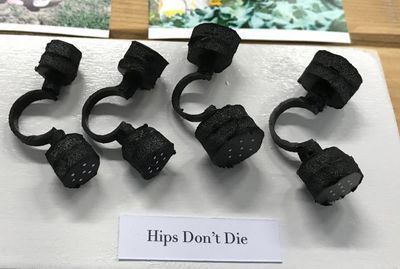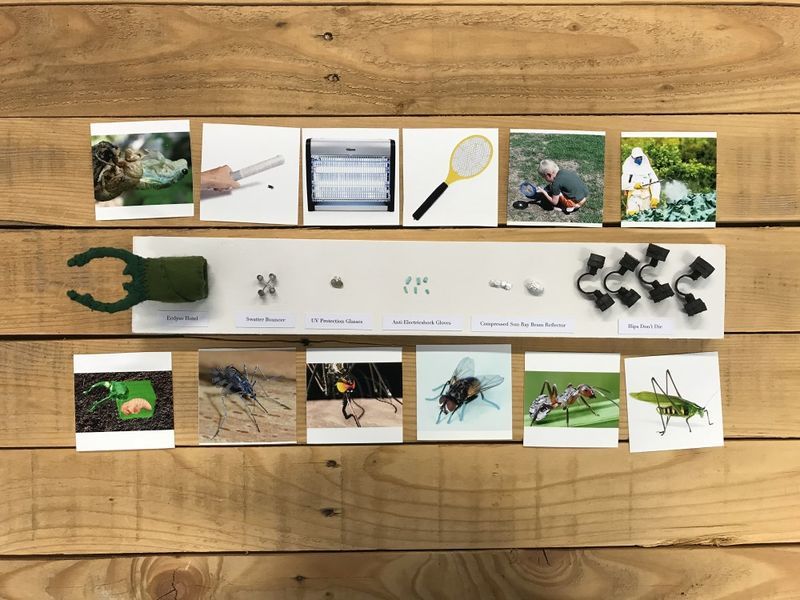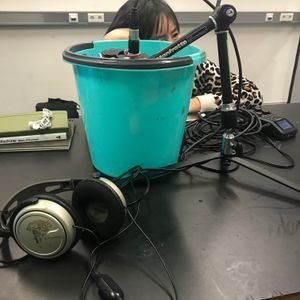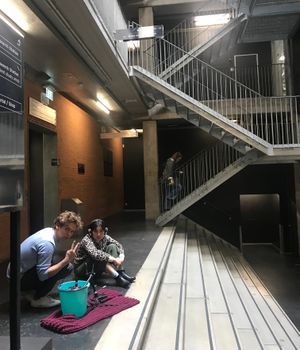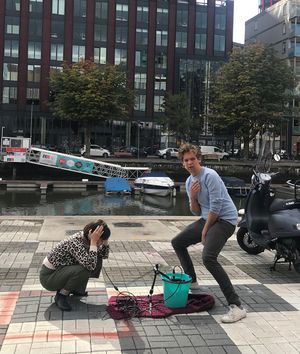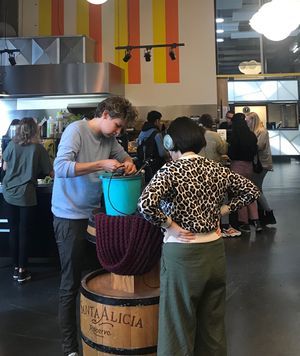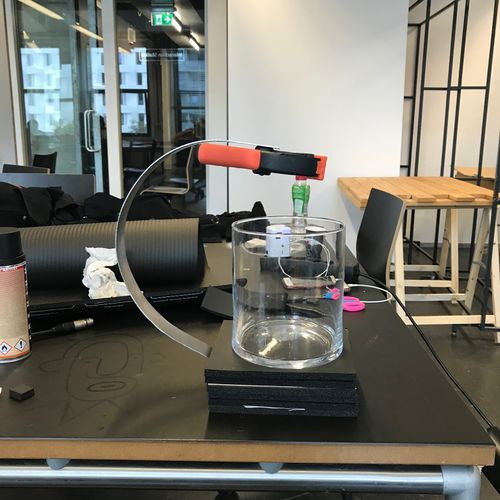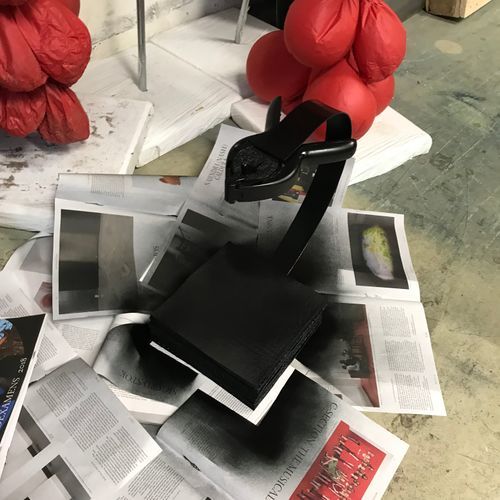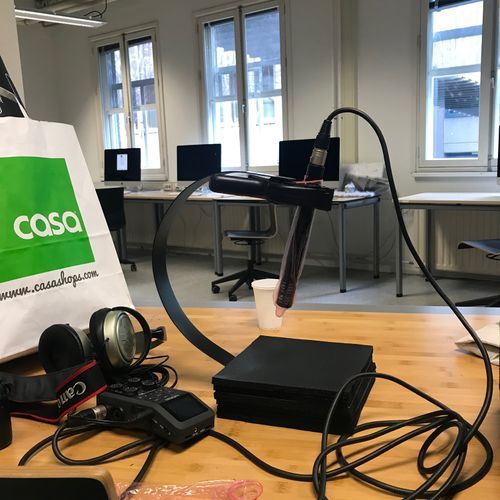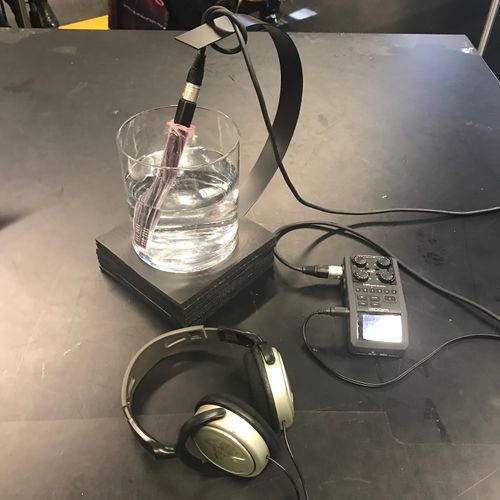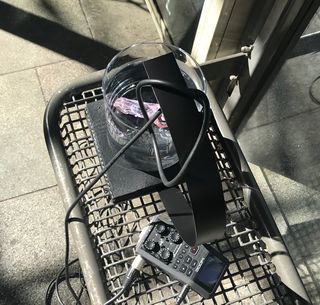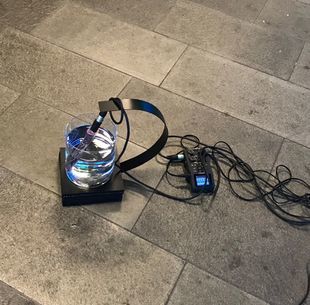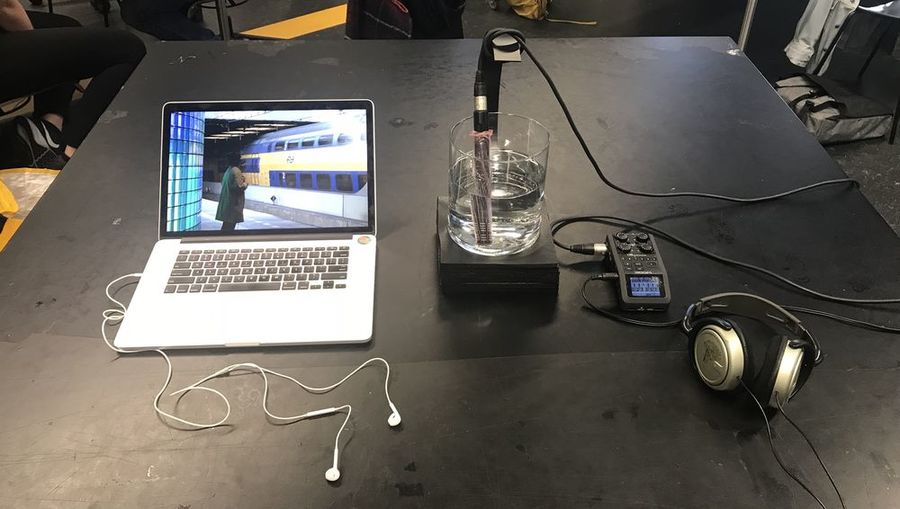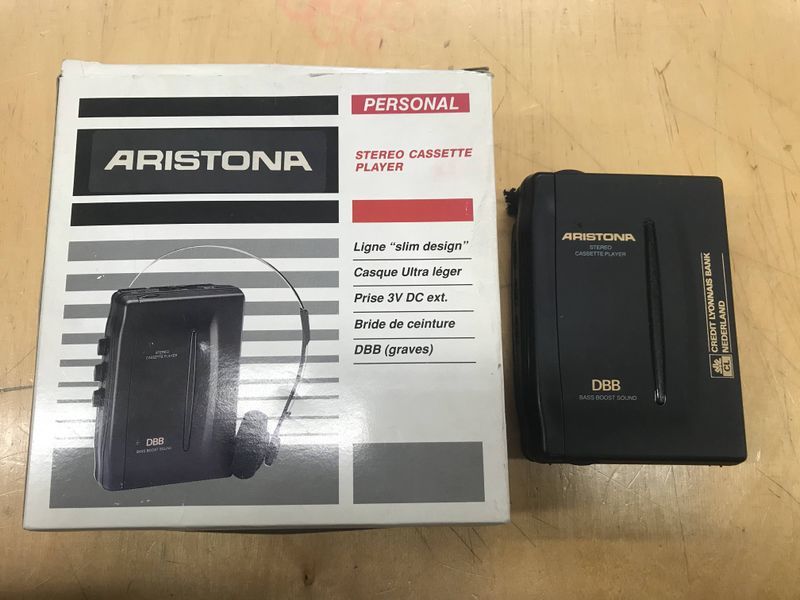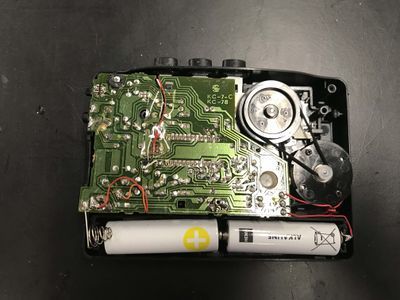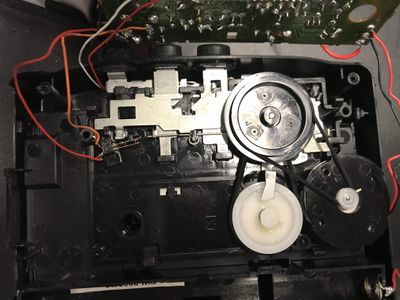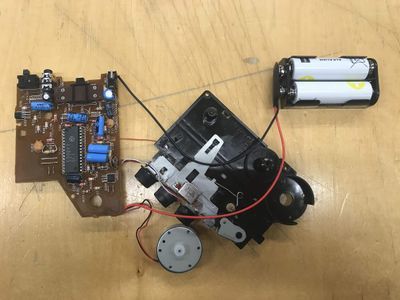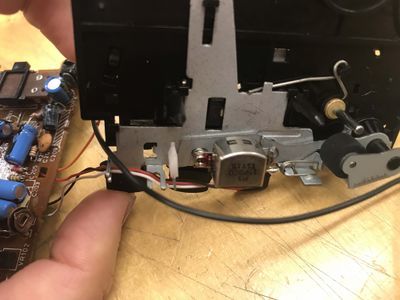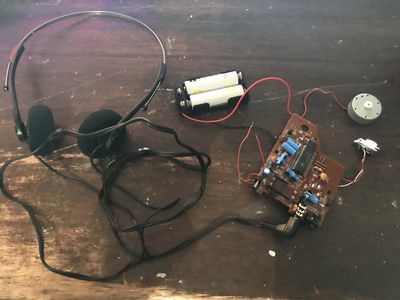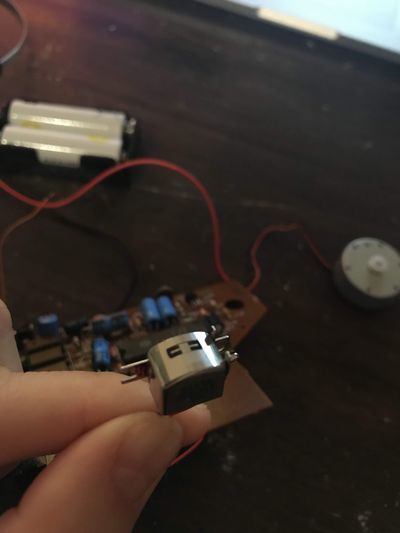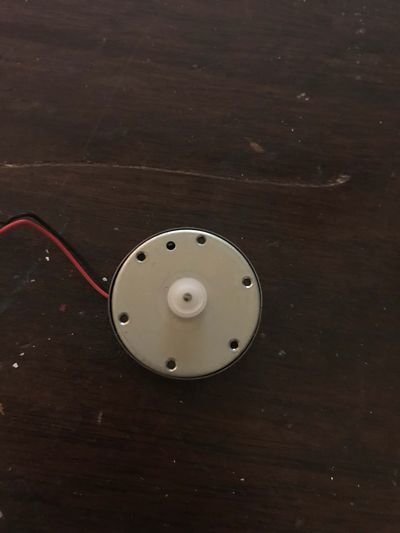Digital Craft Minor 4th Year: Cybernetics
Contents
- 1 Project 1: Critical Making exercise
- 2 Project 2: Cybernetic Prosthetics
- 3 Project 3: From Devices to systems
- 4 Project 4: Cartography of Complex Systems & the Anthropocene (RESEARCH DOCUMENT)
- 4.1 Forward/Introduction
- 4.2 Abstract
- 4.3 Central Question
- 4.4 Relevance of the Topic
- 4.5 Hypothesis
- 4.6 Research Approach
- 4.7 Literature
- 4.8 Experiments
- 4.9 Insights from Experimentation
- 4.10 Artistic/Design Principles
- 4.11 Artistic/Design Proposal
- 4.12 Realised work
- 4.13 Final Conclusions
- 4.14 Bibliography
Project 1: Critical Making exercise
Reimagine an existing technology or platform using the provided sets of cards. For this first project, I grouped up with Tutu, Thijs and Naima and we picked three random cards each from different category.
Inspiration
Our starting point
Prototype
Project 2: Cybernetic Prosthetics
Research
First Testing
Making Prototype
Final Result
Aquatic Acoustic
Video Link : https://vimeo.com/292687674
Project 3: From Devices to systems
Cassette recorder to ???
Project 4: Cartography of Complex Systems & the Anthropocene (RESEARCH DOCUMENT)
Forward/Introduction
(tell us about yourself and your practice)
Abstract
(in 250 words or less, explain the essence of your research project)
Central Question
(state your research question)
Relevance of the Topic
(why is this worth pursuing? explain the urgency of your project)
Hypothesis
(what do you think will happen or what will the effect be of your work?)
Research Approach
(how do you define and design your research? what activities/approaches/methods will you pursue while conducting your research?)
Literature
(what texts will/can support this investigation?)
Experiments
(what are you going to test out and why)
Insights from Experimentation
(what have you pulled from your hands on practice based research?)
Artistic/Design Principles
(what is your own criteria for designing?)
Artistic/Design Proposal
(what do you propose to make)
Realised work
(what did you actually make)
Final Conclusions
(what was the point? what do you take away?)
Bibliography
(what did you reference in this text (other texts, images, films, exhibitions)? Remember to use proper in-text citing!!!!!!!!!!
Contact Microphone
https://www.instructables.com/id/Balanced-piezo-contact-microphones/
Resonator https://www.macprovideo.com/article/ableton-live/have-fun-with-resonators-in-ableton-live/
Algorithmic Composition, Synthesis_SuperCollider
SuperCollider https://supercollider.github.io/
Algorave https://algorave.com/
Ableton, Found sound
So I decided to make a composition with Ableton. I was interested in found sound, and decided to use them as the musical source. Nowadays we are living in the age of mechanical reproduction and it somehow changed our perspective on beauty. Whenever I walk down the streets, I hear the noise of construction works such as drills, banging hammers that become repetitive in my head and suddenly become a rhythm and then music. First I did some field recordings and manipulated them in DAW Ableton. I warped, cropped the sound and put audio effects to recreate the sound. During my research on this topic, I drew my inspiration from found sound and Musique Concrete. Pierre Schaeffer is the pioneer of this experimental music. He recorded sound and shaped them to completely different sounds, where listeners cannot identify the origin of the sound. I put the recorded found sounds in the drum rack to use each elements as a percussion sound. I think pattern and repetition are what makes noises and sound into music. I decided to make a drum machine interface where audiences can create their own beat from the found sounds. I can use touchOSC application as a MIDI controller with an iPad. Then I wanted to visualise the patterns and repetition of the beats. I wanted to visualise it as a movement using motors. I thought this way of creating optical kinetic installation would be effective to show the mesmerising effect of the repetition of the patterns.
Electronics
Servo motor
Adafruit 16 servo shield https://learn.adafruit.com/adafruit-16-channel-pwm-slash-servo-shield/overview
Power Source
OSC
Open Sound Control (OSC) is a protocol for networking sound synthesisers, computers, and other multimedia devices for purposes such as musical performance or show control. OSC's advantages include interoperability, accuracy, flexibility and enhanced organisation and documentation. With the Ableton Connection Kit (https://www.ableton.com/en/packs/connection-kit/), it is easy to control motors, LED, etc via Arduino. However, since I am planning to use 12 servo motors and using a shield for Arduino, the digital outputs have been changed. So Ableton could not read the shield. I asked Mike in interaction station for a help, and he suggested me to send OSC to Processing and connect it to Arduino.
There have been many attempts to combine visual and sound so far. Lots of musicians and performers are combining visual, such as video, light these days. I want to further explore how to combine sound and other visual since visual and spatial effects enhance musical experience.
Reference
Caterina Barbieri
Pierre Schaeffer
Joao Martinho Moura
Paul Prudence
Field Research
Klankvorm @V2
The Rest is Noise: Alva Noto
Instrument Make Play @Worm
Work Description
Title: Patterns of Consciousness
My work is about our perception to sound around us and how it affects our consciousness. We are surrounded by sound and noise everywhere and not always conscious about it. But when you start to be aware of them, they scratches your consciousness. They start to make patterns and repetition, making a composition where your mind and consciousness start to trip with.
